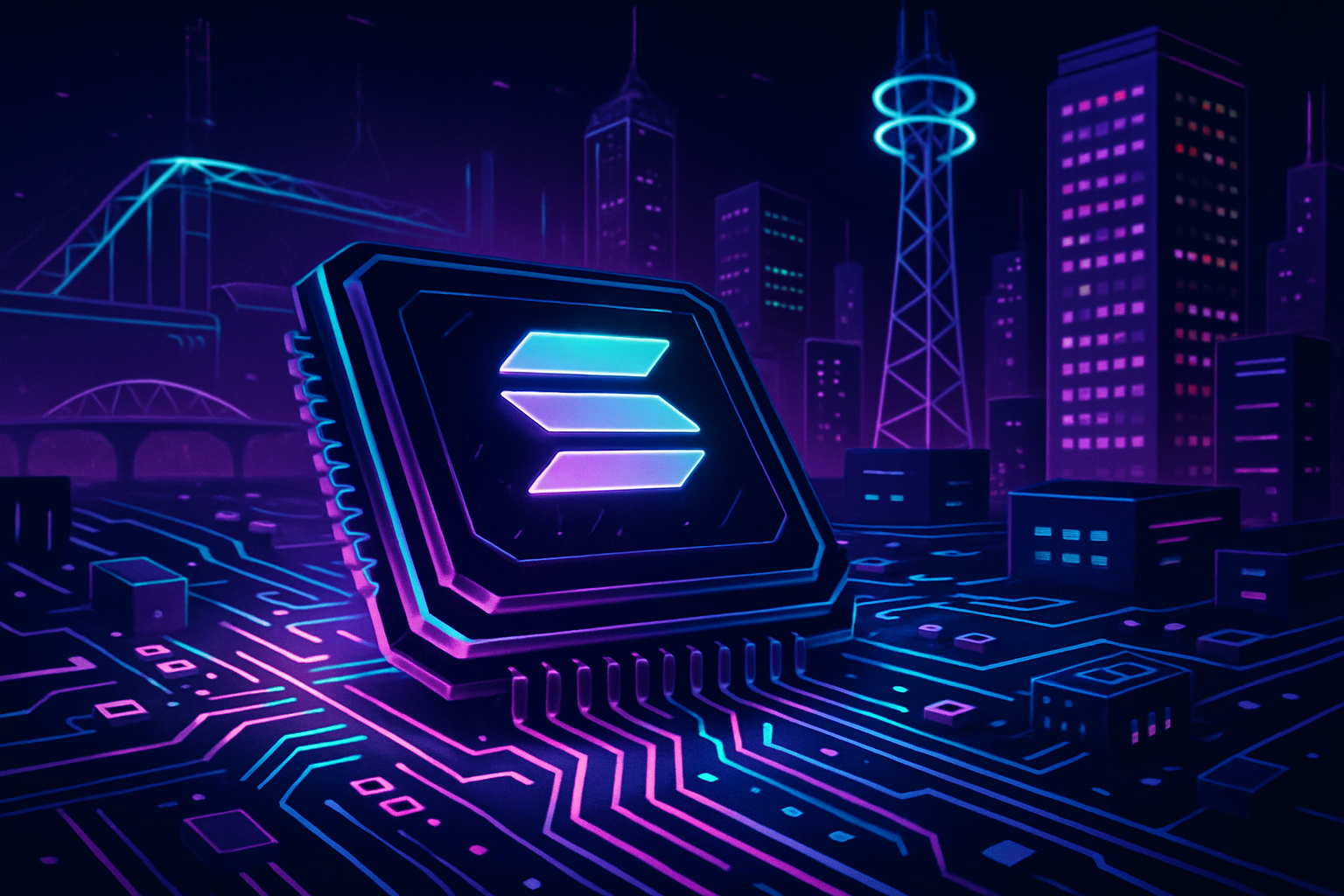
Solana’s ascent as the premier blockchain for Decentralized Physical Infrastructure Networks (DePIN) is no accident. With its unmatched throughput, minimal transaction fees, and robust developer tooling, Solana has become the backbone for projects that transform real-world infrastructure into composable, censorship-resistant digital assets. For developers eager to build on this frontier, understanding Solana’s technical architecture is critical to unlocking the full potential of DePIN applications.

Why Solana Is the DePIN Powerhouse
At its core, DePIN leverages blockchain incentives to bootstrap and manage distributed physical resources – from wireless hotspots and mapping sensors to GPU clusters. The challenge? These networks require scalable, cost-efficient blockchains that can handle high-frequency microtransactions and massive state changes without bottlenecks or prohibitive costs.
Solana’s architecture is purpose-built for these demands:
- High Throughput: Capable of processing thousands of transactions per second with sub-second finality.
- Ultra-Low Fees: Average transaction costs are fractions of a cent, making micro-incentives economically viable.
- Composable Programs: Native support for program composability enables complex reward logic and integrations across DePIN protocols.
This foundation has attracted flagship DePIN projects like Helium (wireless coverage), Render Network (decentralized GPUs), and Hivemapper (mapping), all of which chose Solana for its scalability and developer experience.
Tokenization: Minting and Managing Value in Physical Networks
The first step in building a DePIN protocol on Solana is creating your network’s native asset. This could be a utility token rewarding contributors or an NFT representing unique physical assets like Wi-Fi hotspots or sensors. Solana offers two major token standards:
Token Program vs Token22: Key Feature Comparison
-
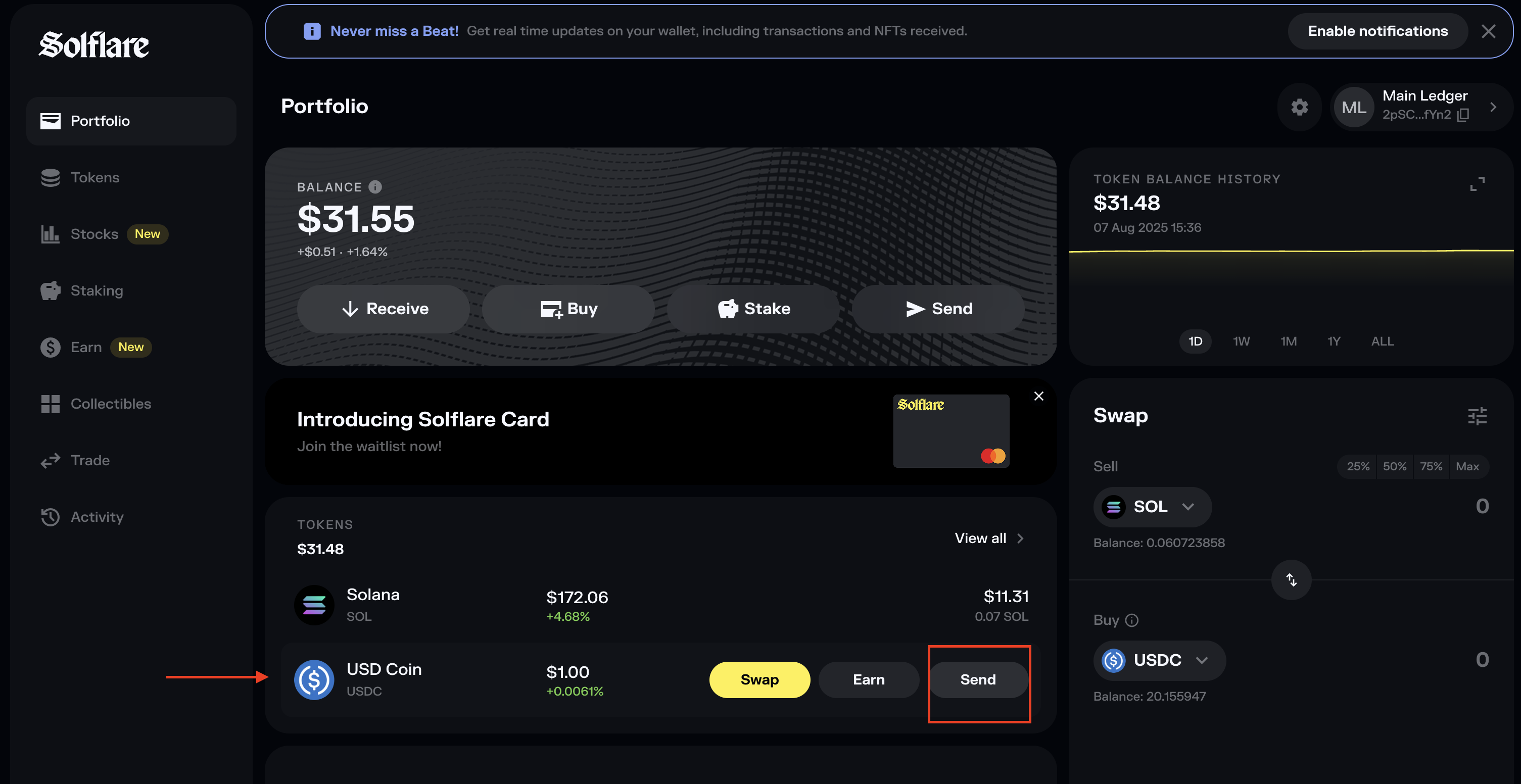
Standard SPL Token Program: The original token standard on Solana, enabling basic fungible and non-fungible token creation, transfers, and management. Widely adopted for its simplicity and compatibility across wallets and DeFi protocols.
-
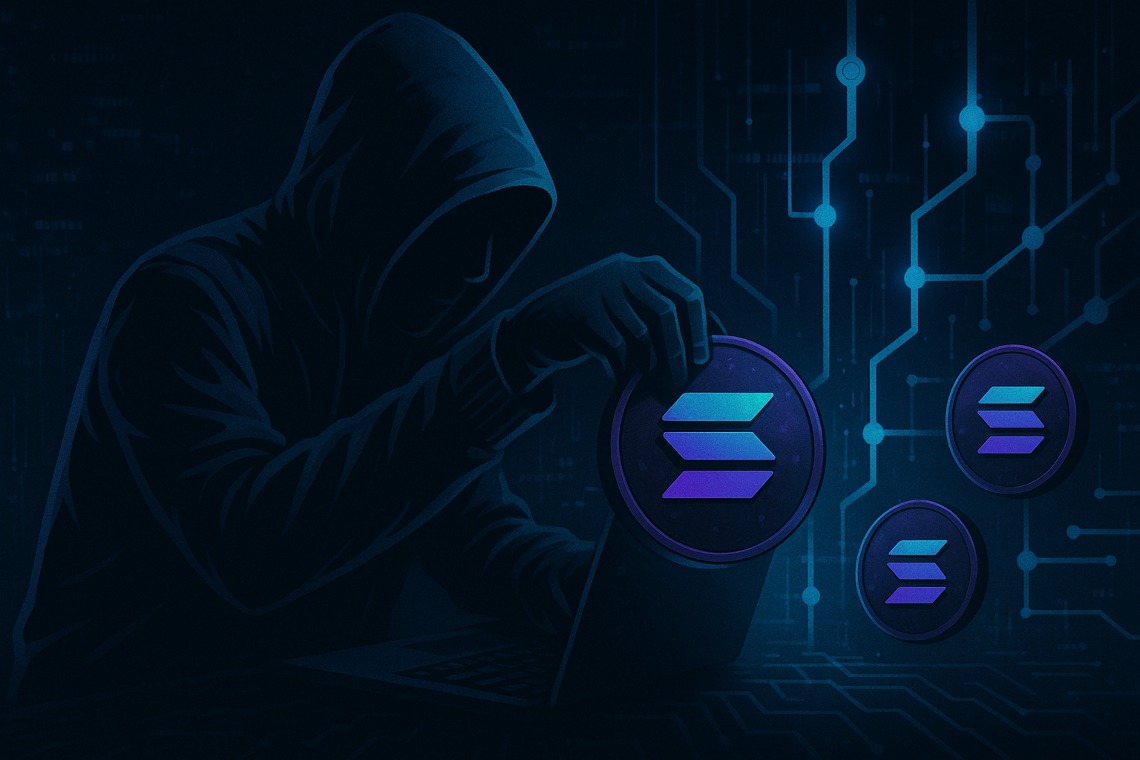
Token22 (Token-2022): An enhanced token standard offering advanced features such as transfer fees, confidential transfers, and transfer hooks. Ideal for DePIN projects needing programmable token logic and compliance tools.
-
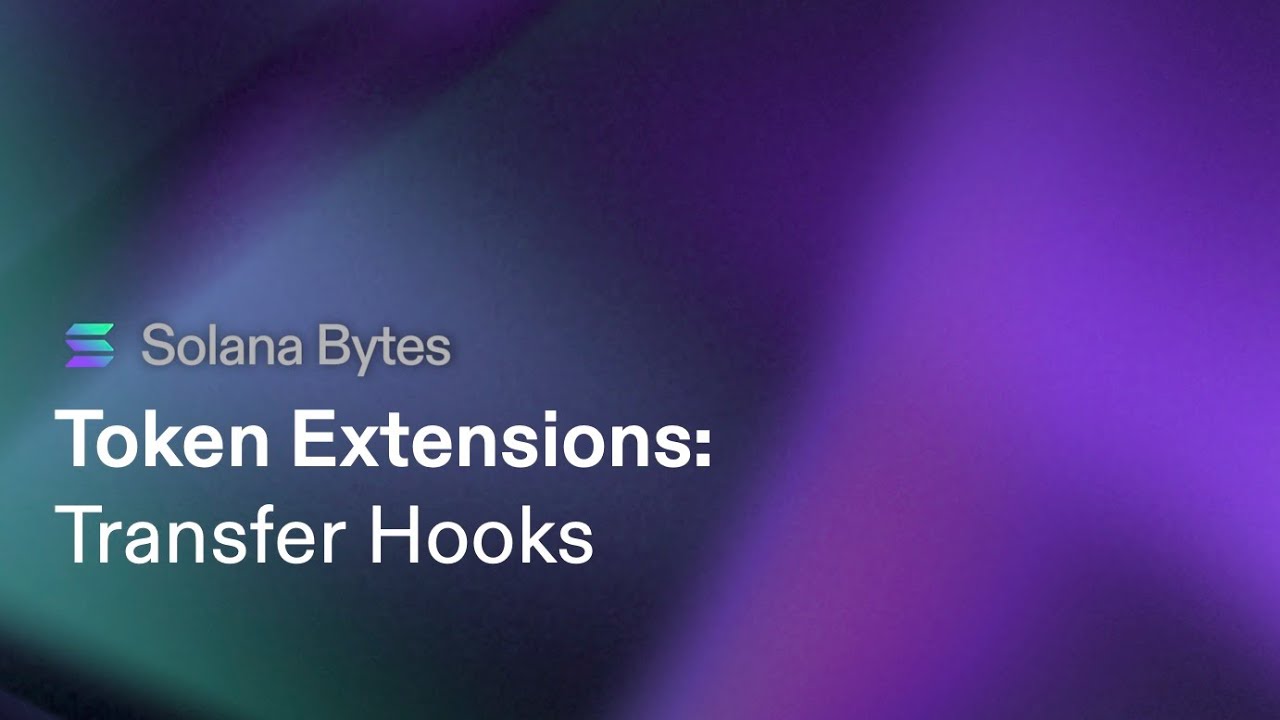
Transfer Fees Support: Token22 natively supports programmable transfer fees, allowing projects to implement on-chain fee models for transactions—crucial for sustainable DePIN network economics. The standard SPL Token Program does not support this feature.
-
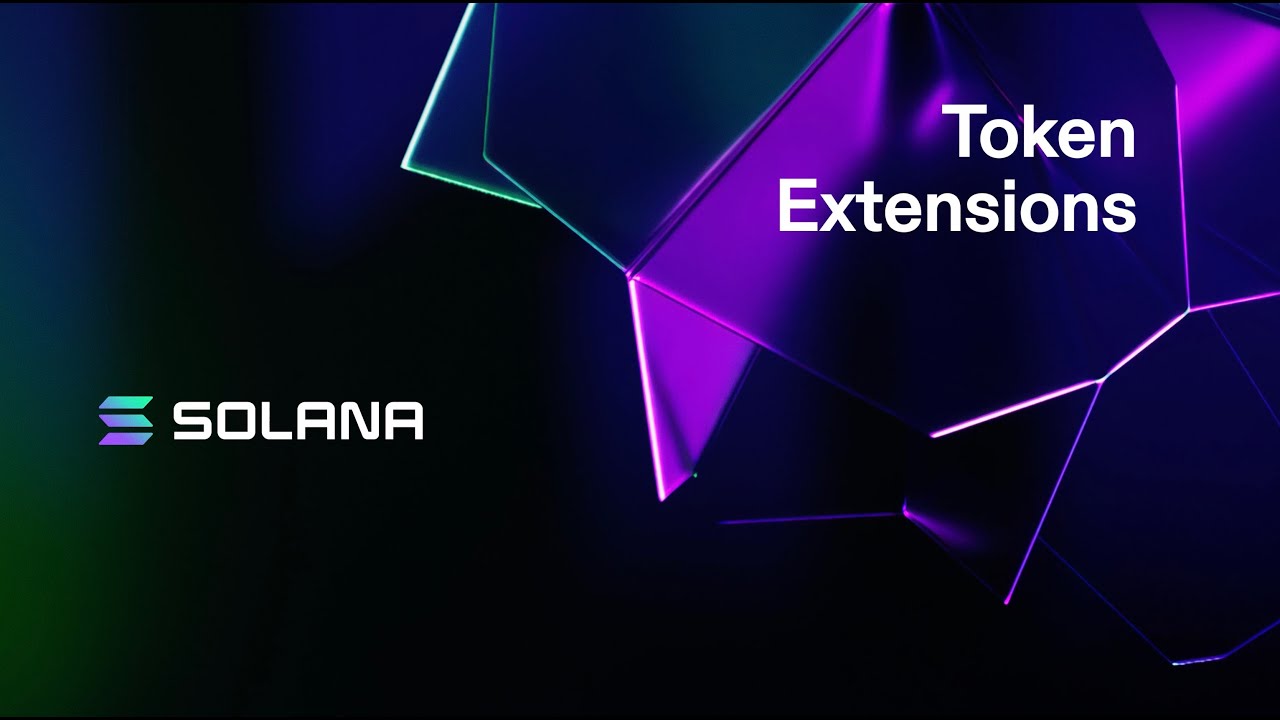
Confidential Transfers: Token22 enables confidential transactions using zero-knowledge proofs, ensuring transaction amounts remain private while maintaining network transparency. This is not available in the standard SPL Token Program.
-
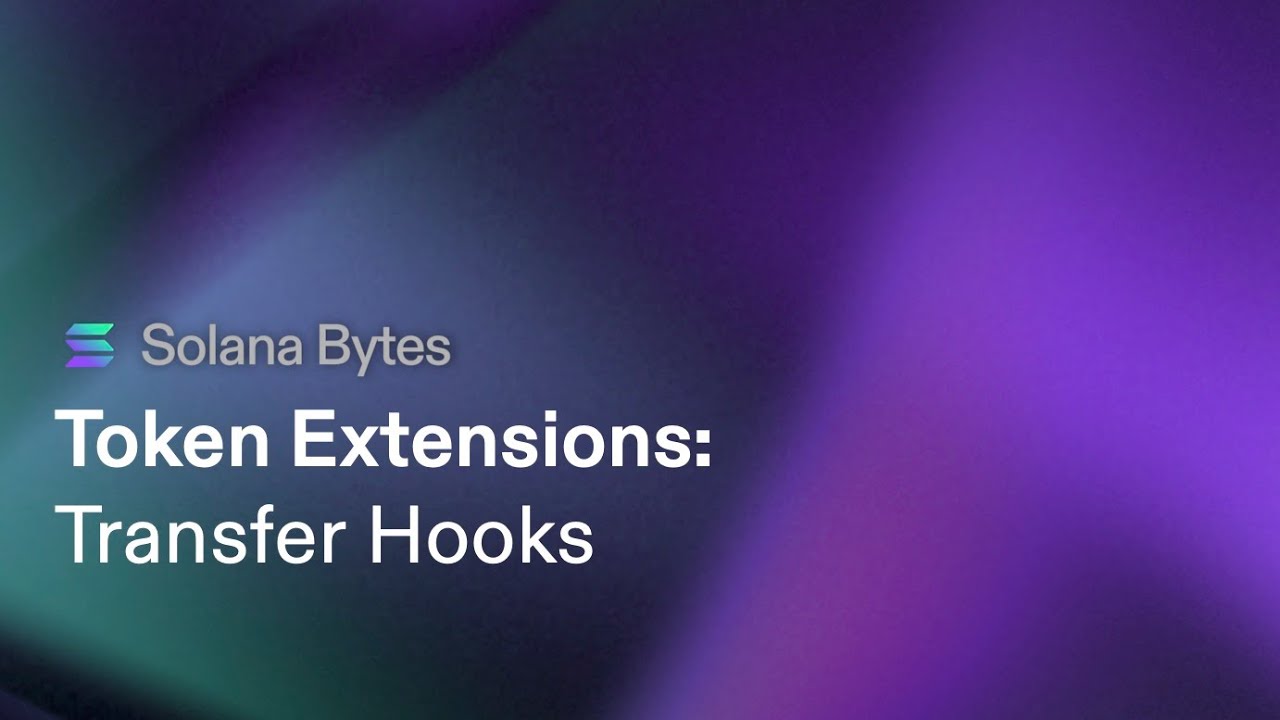
Transfer Hooks: Token22 introduces hooks that trigger custom logic during token transfers, empowering developers to build compliance checks, reward mechanisms, or other programmable behaviors. Standard SPL tokens lack this extensibility.
-
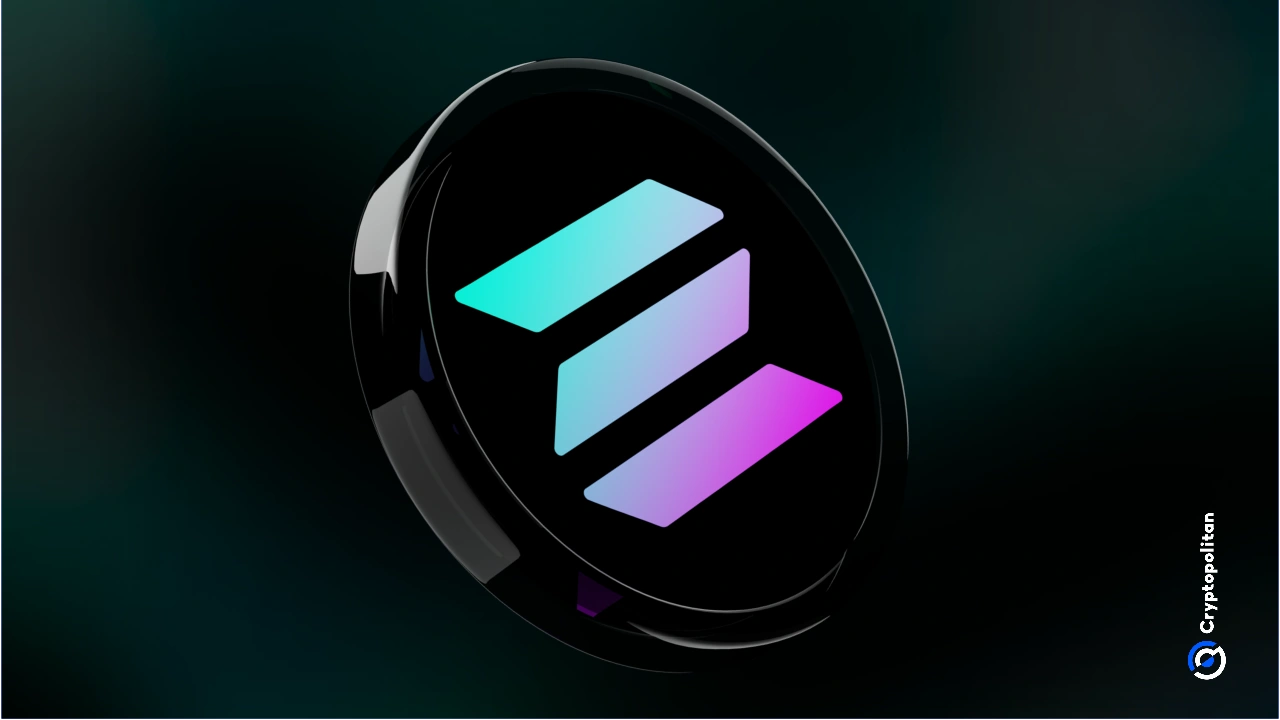
Wallet and Ecosystem Support: The SPL Token Program is universally supported across Solana wallets, DEXs, and DeFi apps. Token22 is gaining adoption, but some tools and platforms may still be updating to support its advanced features.
-
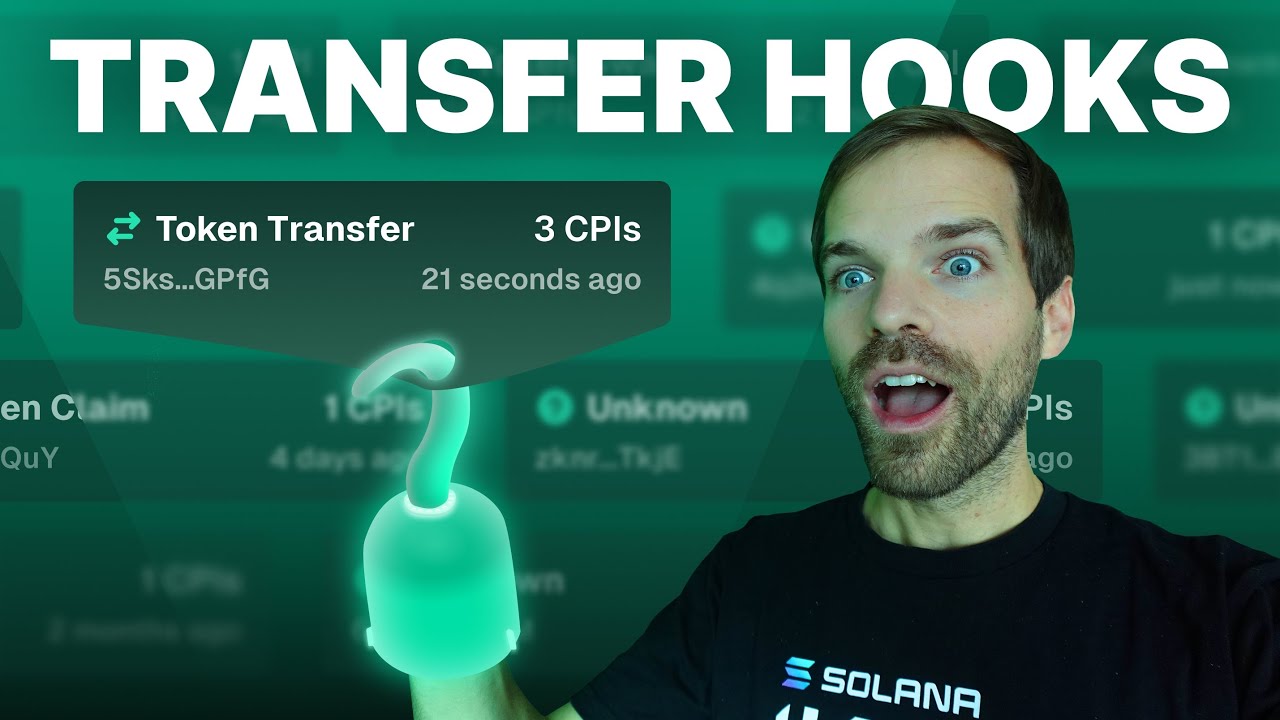
Upgrade Path: Projects can migrate from SPL Token Program to Token22 to unlock advanced features, but should assess compatibility and user experience impacts before upgrading.
- SPL Token Program: The standard choice for fungible tokens; highly composable across wallets and dApps.
- Token22 Extensions: Advanced features like transfer fees and confidential transfers, ideal for sophisticated reward models.
After minting your token, verification via platforms like Jupiter Verification enhances visibility across explorers and DEXs. Tools such as Forgd help you model initial distribution strategies while Squads delivers advanced treasury management with multi-signature security – essential as your protocol scales.
Read more about token management in the official Solana DePIN guide.
Crowd-Sourced Rewards: Efficient Distribution at Scale
A hallmark of successful DePIN networks is their ability to distribute rewards efficiently to thousands – or even millions – of contributors. On Solana, this is accomplished through two key mechanisms:
- Merkle Claims: Batch reward claims using Merkle trees minimizes on-chain transactions while ensuring cryptographic proof of entitlement. Users generate Merkle proofs based on published roots to claim their earnings efficiently.
- ZK Compression: For truly massive distributions (think city-wide sensor deployments), Zero-Knowledge compression slashes state and rent costs by compressing account data. This makes it feasible to onboard new contributors at scale without ballooning network fees.
Explore technical details in the official quickstart guide.
SOL Price Context: Cost-Efficient Scaling Remains Intact at $196.21
The economics behind these innovations remain robust even as Binance-Peg SOL trades at $196.21. Despite minor fluctuations (-0.0235% over 24 hours), transaction costs remain negligible compared to legacy blockchains – a key reason why DePIN development continues shifting toward Solana’s ecosystem.
With the technical groundwork in place, developers can focus on building the core logic that validates contributions and automates rewards. Solana’s high-speed consensus and composability mean proofs of participation, such as Proof of Coverage (Helium) or Proof of Location (Witness Chain): can be verified and settled on-chain in near real time. This is critical for DePIN protocols where thousands of devices may report activity every second.
Proof of Contribution and On-Chain Governance
Verifying real-world actions is a non-trivial challenge in decentralized infrastructure. Solana’s programmable environment allows you to integrate diverse proof mechanisms, from radio frequency attestations to encrypted sensor data feeds. For example, Helium’s Proof of Coverage leverages cryptographic receipts from hotspots, while emerging projects experiment with zero-knowledge proofs to preserve privacy.
Once your network matures, transitioning governance on-chain ensures transparency and community alignment. Solana supports advanced models like DAOs or liquid restaking, letting token holders propose upgrades, direct treasury spending, or even fork protocol logic if consensus demands it. This creates a living infrastructure protocol governed by its users, not a static corporate entity.
Migration Pathways: Moving From EVM to Solana
If your DePIN project started on Ethereum or another EVM-compatible chain, Solana offers robust migration tooling. Projects like Render Network and Geodnet have successfully bridged tokens and state using cross-chain solutions such as Wormhole’s NTT. The process involves mapping existing assets to SPL token formats and re-architecting smart contracts for Rust-based execution with Anchor.
Comprehensive migration guides are available through the official Solana DePIN documentation, helping teams avoid typical pitfalls during transition.
Developer Ecosystem: Tools for Rapid Innovation
Solana’s developer ecosystem is purpose-built for hardware-integrated applications:
Essential Solana DePIN Developer Tools
-
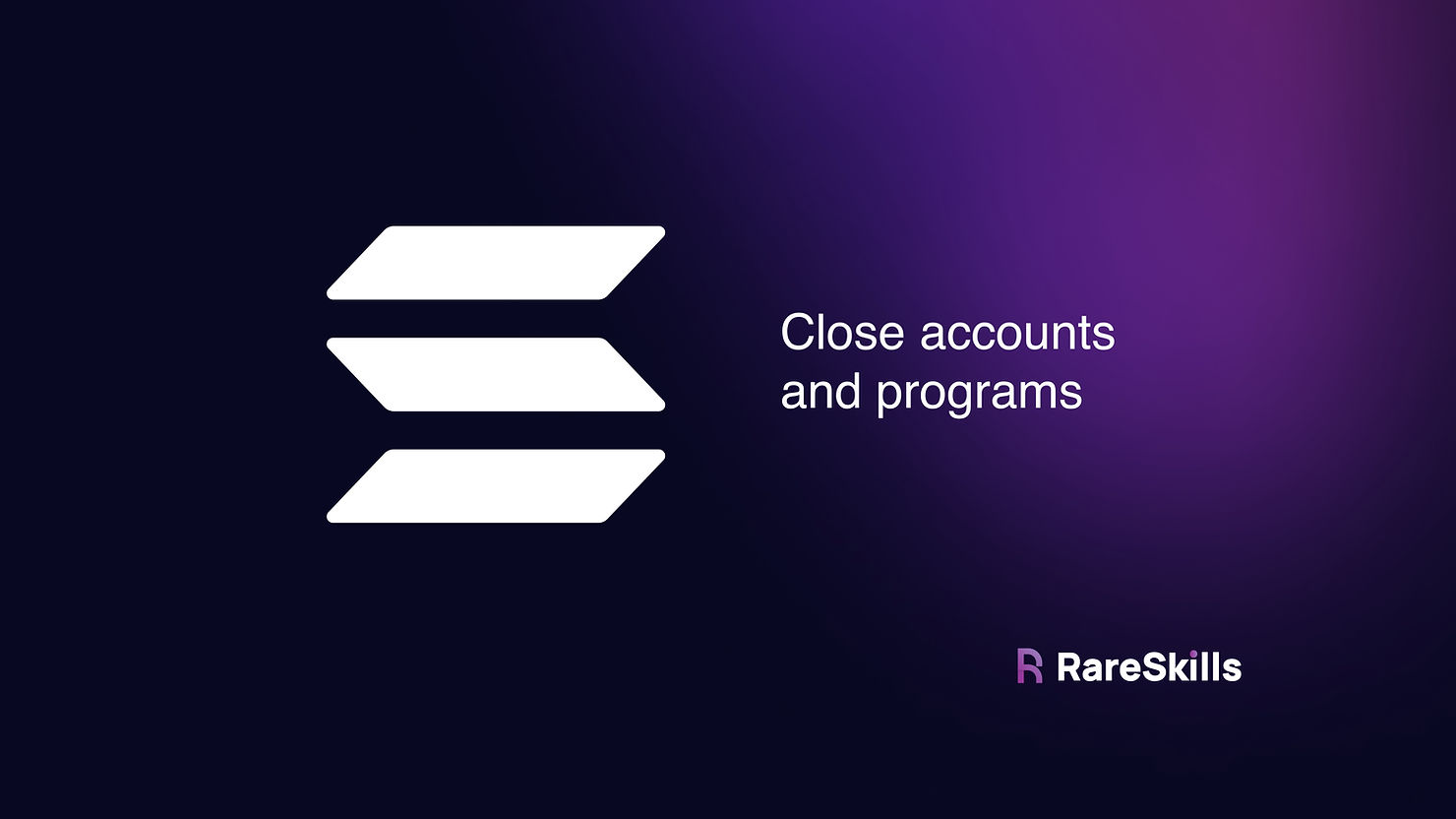
Anchor: Solana’s leading Rust-based framework for building, testing, and deploying smart contracts. Anchor streamlines development with clear standards, robust security features, and seamless program composability—making it the go-to choice for DePIN projects.
-
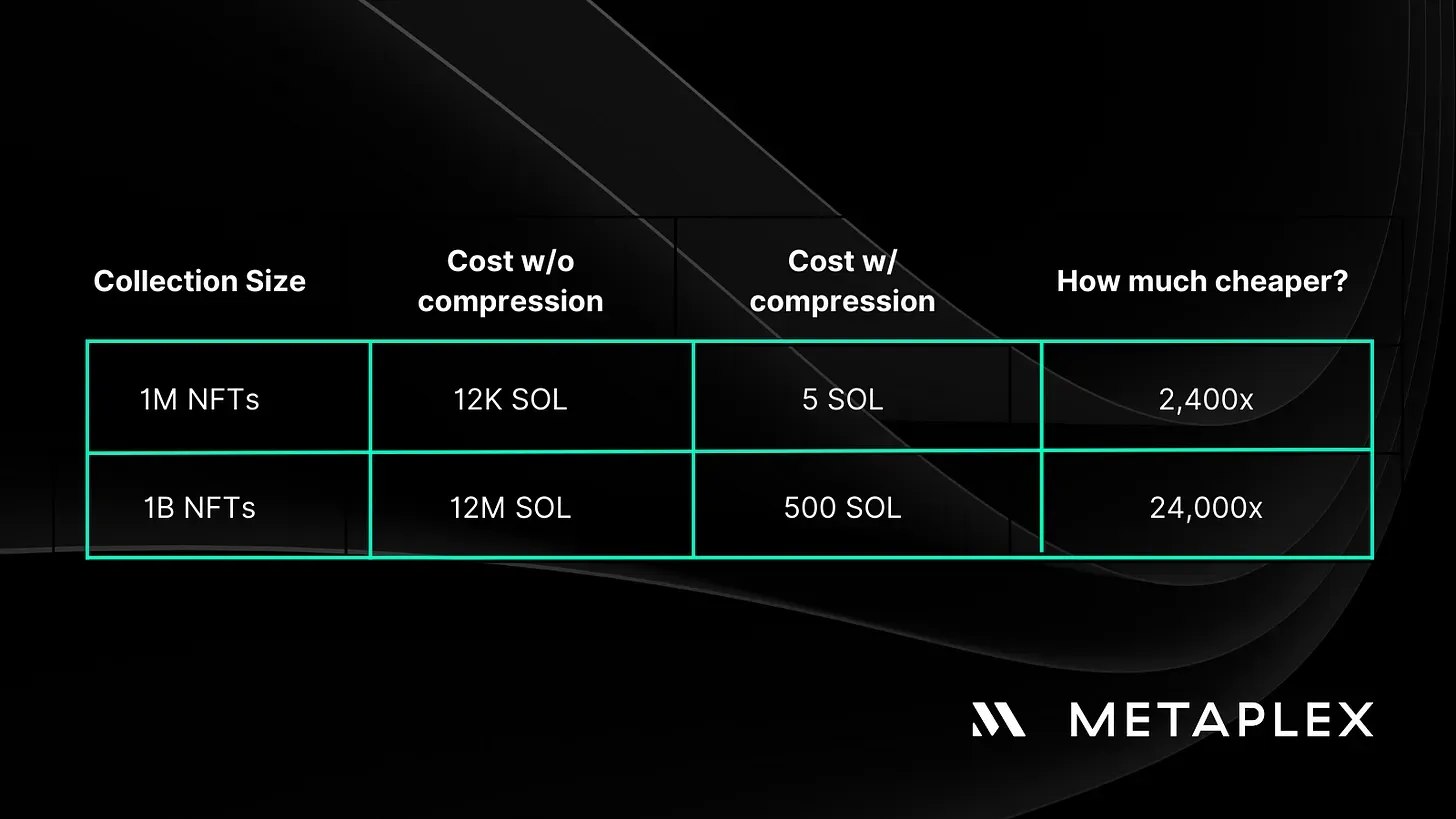
Compressed NFTs (cNFTs): cNFTs enable cost-effective, large-scale representation of physical assets or devices on-chain. Used by projects like Helium to mint nearly one million hotspots for minimal SOL, cNFTs are vital for DePIN scalability.
-
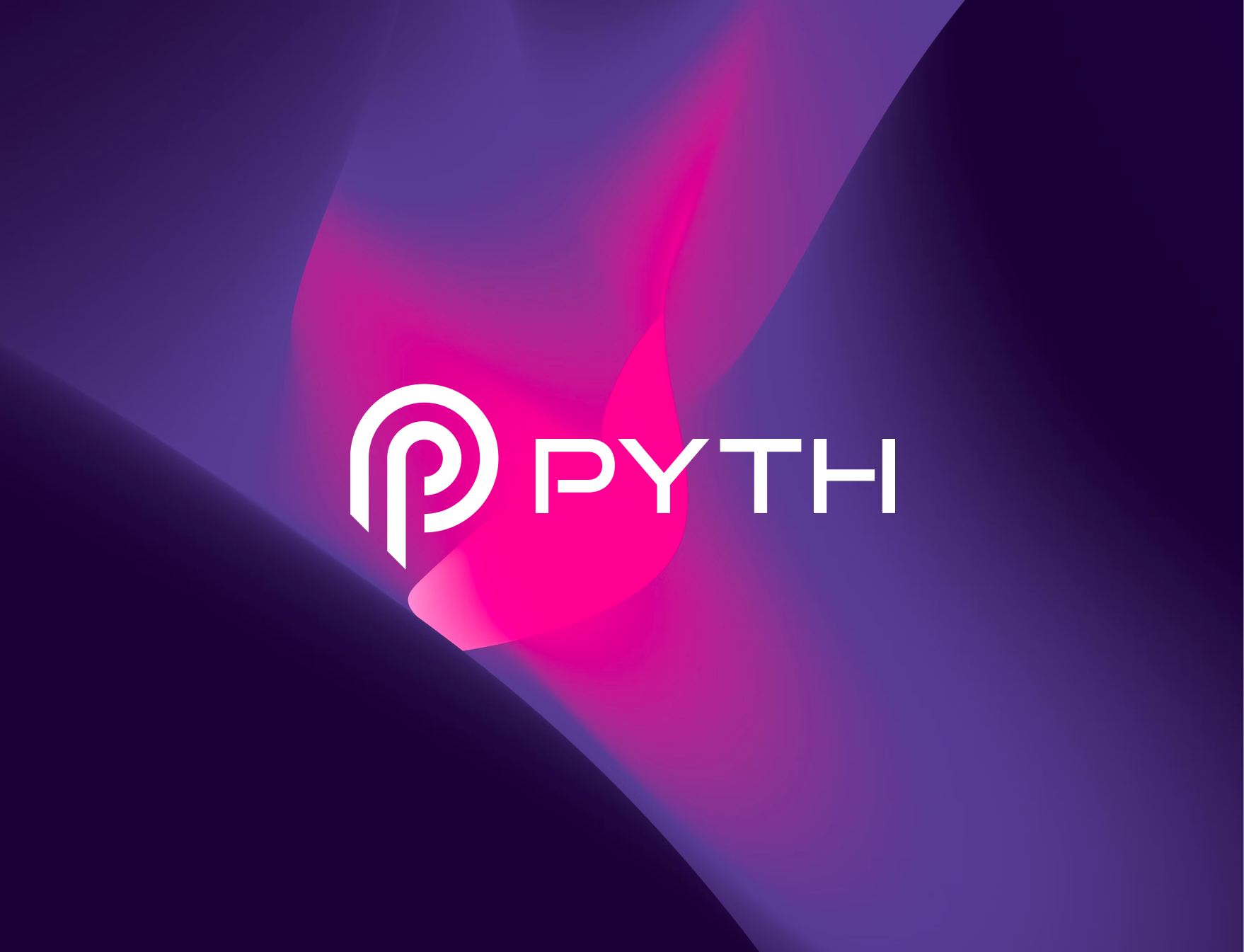
Pyth Network Oracles: A leading decentralized oracle solution on Solana, Pyth Network delivers high-frequency, real-world data feeds—crucial for DePIN applications that rely on up-to-date external information.
-
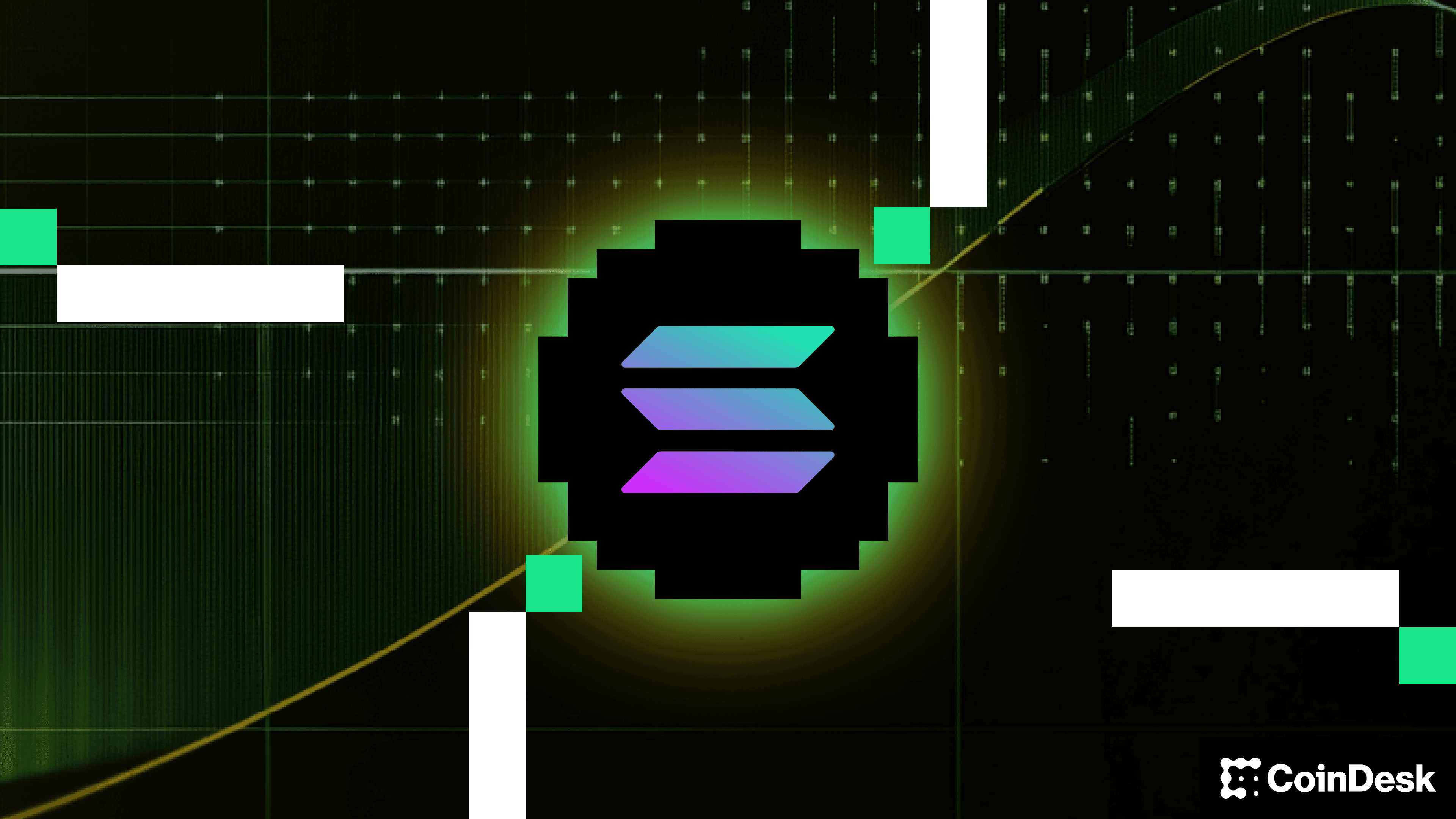
Forgd: A modeling and simulation tool designed for tokenomics and distribution strategies. Forgd helps DePIN developers optimize token launches, distribution schedules, and economic models for robust network incentives.
-
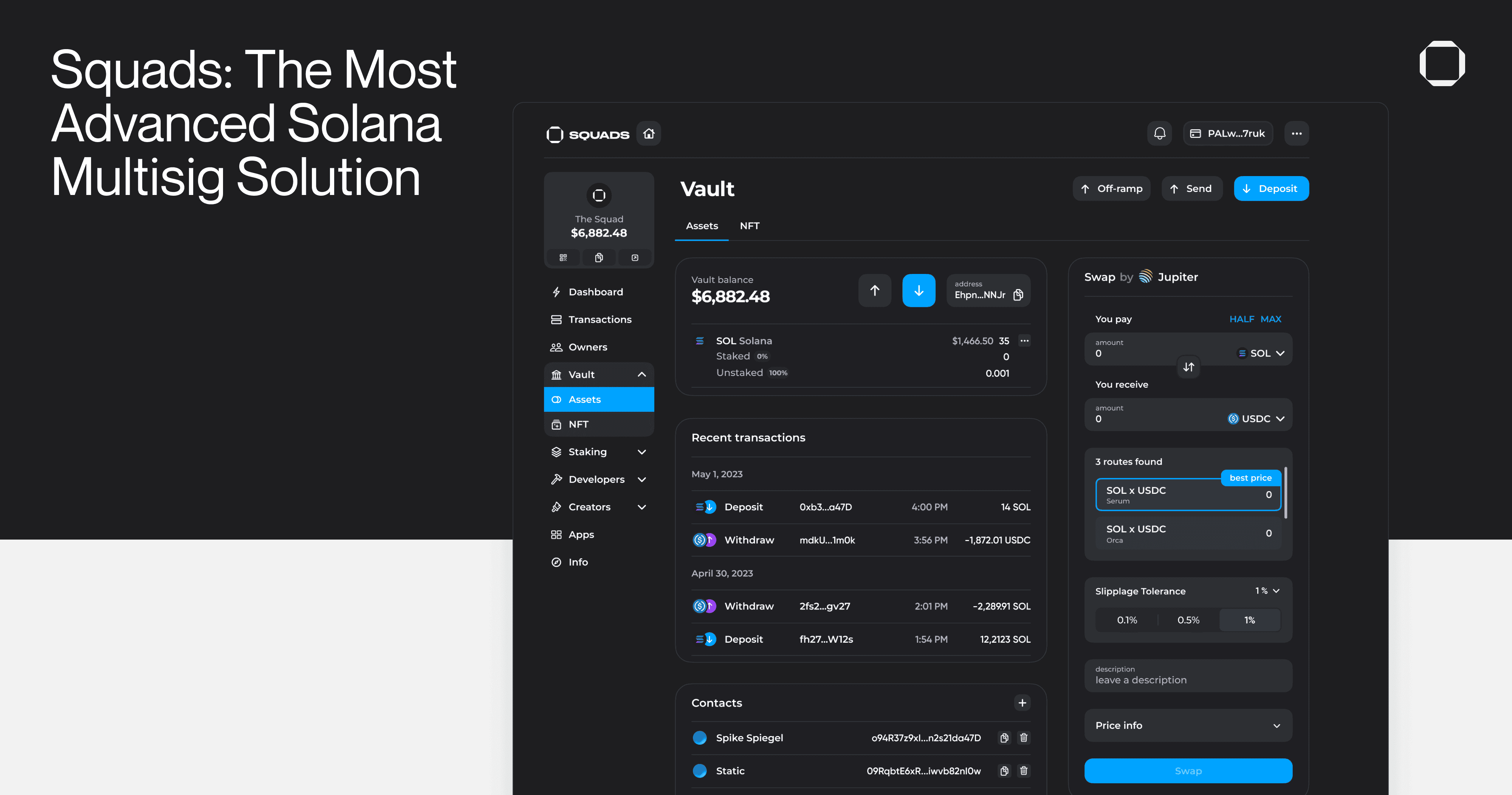
Squads: A secure, on-chain treasury and governance management platform. Squads supports multi-signature wallets, time-based lockups, and collaborative decision-making, empowering DePIN teams to manage resources transparently.
- Anchor Framework: Simplifies smart contract development with Rust macros and clear security patterns.
- Compressed NFTs (cNFTs): Enable cost-effective representation of millions of physical devices, Helium minted nearly one million hotspot NFTs for just 5 SOL.
- Pyth Network and Switchboard: Bring real-world data on-chain securely, critical for dynamic reward calculations.
The rise of cNFTs has been especially transformative; entire device fleets can be minted as NFTs at negligible cost, enabling granular tracking and transferability across DePIN protocols.
Hardware Integration and Mobile Distribution Channels
A defining feature of successful DePIN projects is seamless hardware integration. Open-source libraries support IoT connectivity directly to the Solana blockchain. Meanwhile, the Solana Mobile initiative, already surpassing 50,000 pre-orders for its second generation device, offers a native distribution channel for DePIN apps, blurring the lines between physical infrastructure and digital incentives at the user level.
Best Practices: Security and Scaling Considerations
“The best DePIN networks are those that treat security as foundational, not an afterthought. ”
As you scale your protocol:
- Use multi-signature treasuries (Squads) to safeguard funds during early growth phases.
- Leverage Token22 extensions only when advanced features are required, simplicity reduces attack surface.
- Aim for modularity in program design so components can be upgraded independently as your network evolves.
The convergence of low fees (SOL at $196.21), high throughput, advanced token standards, powerful developer tooling, and an active community, makes building decentralized physical infrastructure on Solana not just feasible but compellingly efficient. As adoption accelerates across wireless networks, mapping platforms, and compute marketplaces, developers who master these technical primitives will shape the next era of open infrastructure.






